APUSH: Period 6 (1865-1898)
1/63
There's no tags or description
Looks like no tags are added yet.
Name | Mastery | Learn | Test | Matching | Spaced |
|---|
No study sessions yet.
64 Terms
Rise of Industrial Capitalism
Year: 1865-1900
Summary: The U.S. shifted from an agrarian economy to one dominated by industry, factories, and corporate capitalism.
Significance: Created immense wealth and innovation but also led to income inequality, harsh labor conditions, and worker unrest.
Business Consolidation (Trusts, Conglomerates, Vertical & Horizontal Integration)
Year: 1870s-1900
Summary: Businesses used monopolistic strategies like trusts (Rockefeller), vertical integration (Carnegie), and horizontal integration to dominate markets.
Significance: Reduced competition and gave rise to corporate giants and calls for antitrust regulation.
Financial Panics and Downturns
Year: 1873, 1893
Summary: Economic crises triggered by bank failures, over-speculation, and deflation.
Significance: Led to unemployment, strikes, and demands for government reforms and currency changes.
Laissez-Faire Policies
Year: 1865-1900
Summary: Government took a hands-off approach to business regulation.
Significance: Allowed monopolies to grow unchecked and contributed to exploitative labor practices.
Child Labor
Year: 1865-1900
Summary: Children were employed in mines, factories, and sweatshops, often in dangerous conditions.
Significance: Sparked reform efforts and labor activism but wasn't federally restricted until the 20th century.
Knights of Labour (KOL)
American Federation of Labor (AFL)
New South
Year: 1877-1900
Summary: Southern leaders promoted industrialization and economic diversification after Reconstruction.
Significance: Mostly unsuccessful; the South remained poor and dependent on sharecropping and low-wage labor.
People's (Populist) Party
Year: 1891-1896
Summary: Political party formed by farmers and laborers demanding free silver, regulation of railroads, and direct election of senators.
Significance: Gave voice to rural grievances and influenced later reform movements despite electoral defeat.
New Urban Culture
Year: 1870s-1900
Summary: Rapid urbanization led to crowded cities, consumerism, mass entertainment, and new lifestyles.
Significance: Created cultural shifts but also sparked moral panic and reform movements.
New Immigrants
Year: 1880s-1900
Summary: Immigrants increasingly came from Southern and Eastern Europe (Italians, Poles, Jews, etc.).
Significance: Faced more discrimination than earlier immigrants and were targets of nativist policies.
Tenement Housing
Year: 1860s-1900s'
Summary: Overcrowded, poorly built apartment buildings where many urban immigrants and low-income workers lived.
Significance: Reflected the harsh living conditions of the urban poor during industrialization and spurred Progressive Era housing reforms and health regulations.
Political Machines
Year: 1860s-1890s
Summary: Urban political organizations (like Tammany Hall) traded favors and jobs for votes.
Significance: Helped immigrants but became symbols of corruption and bribery in government.
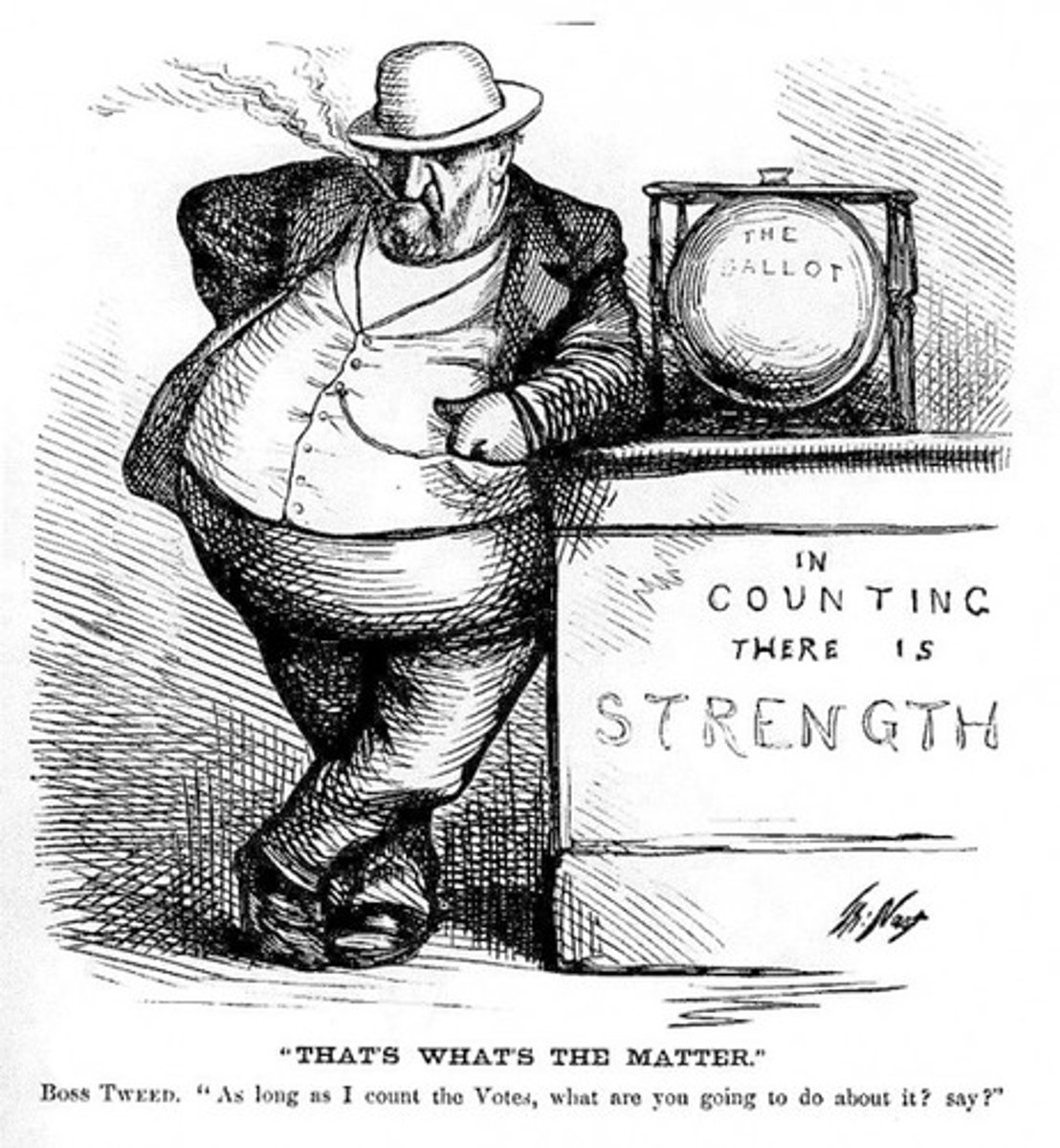
Consumer Culture
Year: 1870s-1900
Summary: Department stores, advertising, and mass production gave rise to new patterns of consumption.
Significance: Shifted U.S. toward a modern economy but increased class divisions.
Transcontinental Railroads
Year: 1869 (first completed)
Summary: Linked the East and West coasts, funded by land grants and subsidies.
Significance: Boosted trade, migration, and development but also led to Native displacement and corruption.

Boomtowns
Year: 1850s-1880s
Summary: Mining and rail towns that rapidly grew around economic opportunities in the West.
Significance: Reflected quick wealth cycles but often collapsed or turned lawless.
Chinese Immigrants
Year: 1850s-1882 (peak immigration)
Summary: Chinese immigrants came to the U.S. for work—especially on railroads and in mining—but faced severe discrimination and violence.
Significance: Their growing presence led to racist backlash, culminating in the Chinese Exclusion Act of 1882, the first federal law to ban immigration based on nationality.
Chinese Exclusion Act of 1882
Chinese Exclusion Act
Year: 1882
Summary: A federal law that banned Chinese labor immigration to the U.S. and denied Chinese immigrants the right to naturalization.
Significance: It was the first major U.S. immigration law based on race or nationality, setting a precedent for future restrictive immigration policies and institutionalizing anti-Asian discrimination.
Competition in West Between White Settlers, Native Americans, and Mexican Americans
Year: 1865-1890s
Summary: White settlers moved west for land and resources, often displacing Native and Mexican American populations.
Significance: Led to violent conflicts and legal struggles over land ownership and cultural survival.
Government American Indian Policies
Year: 1860s-1890s
Summary: U.S. government sought to assimilate or remove Native Americans through treaties, warfare, and legislation.
Significance: Resulted in loss of land, cultural erosion, and population decline among Native communities.
Homestead Act 1862 (from period 5)
Summary: A federal law that gave 160 acres of free land to settlers who lived on and improved it for five years.
Significance: Encouraged westward expansion and agricultural development, but led to the displacement of Native Americans and environmental challenges for farmers.
The Dawes Severity Act of 1887
Year: 1887
Summary: Divided tribal lands into individual plots for Native families to promote assimilation.
Significance: Undermined tribal sovereignty and led to massive Native land loss.
Carlisle Indian Industrial School
Year: 1879-1918
Summary: Boarding school aimed at assimilating Native children into white society.
Significance: Reflected coercive assimilation policies and cultural erasure.
Gilded Age
Year: 1870s-1900
Summary: Term for the post-Civil War era of rapid economic growth, political corruption, and social inequality.
Significance: Masked deep problems beneath prosperity and led to early calls for reform.

Social Darwinism
Year: 1870s-1890s
Summary: Belief that economic success was due to natural superiority and survival of the fittest. Created by Herbert Spencer.
Significance: Justified wealth inequality and opposed social reform efforts.
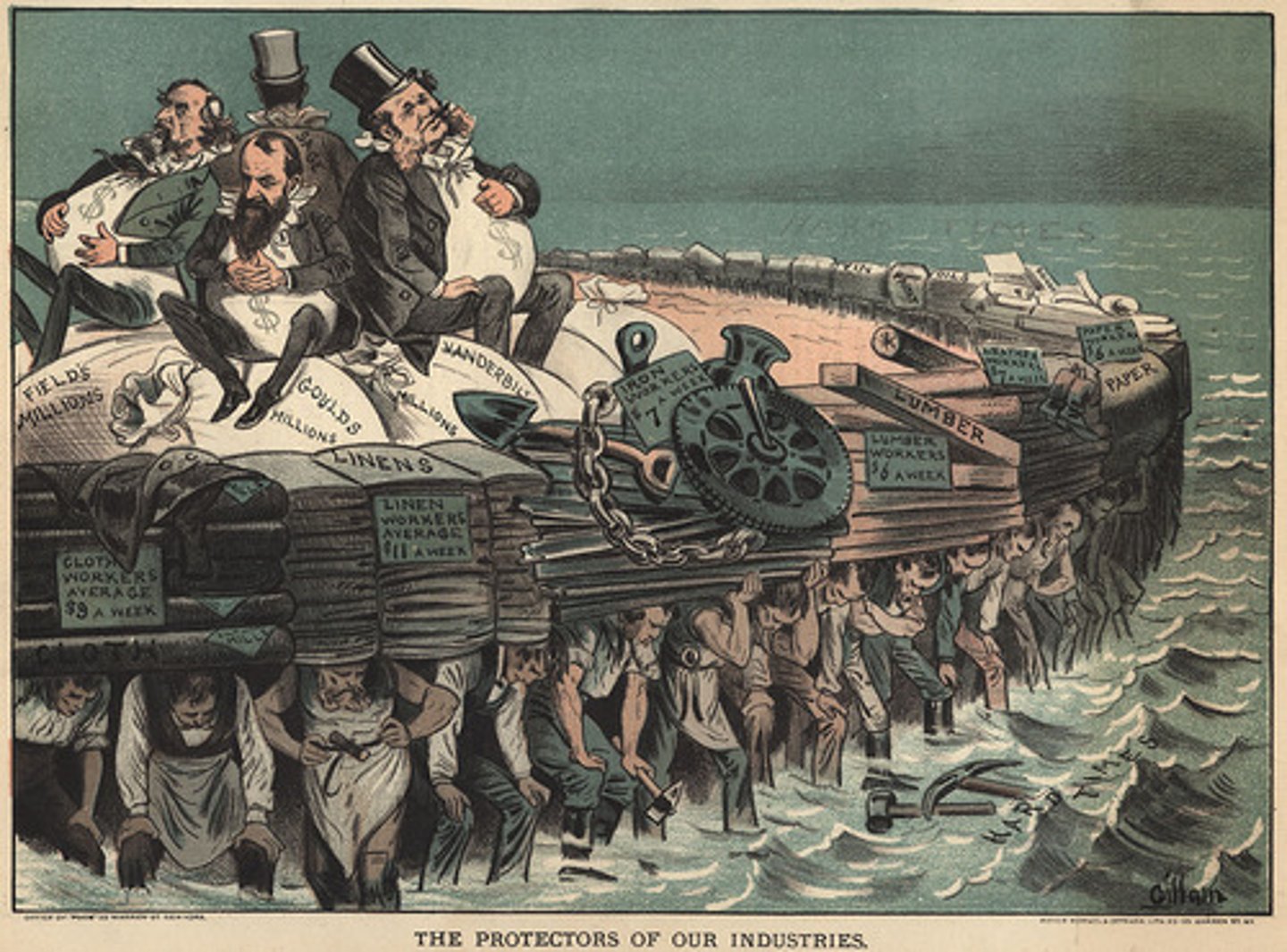
Gospel of Wealth
Year: 1889
Summary: Essay by Andrew Carnegie promoting philanthropy by the rich as a moral duty.
Significance: Influenced how industrialists justified their wealth and shaped early charity efforts.
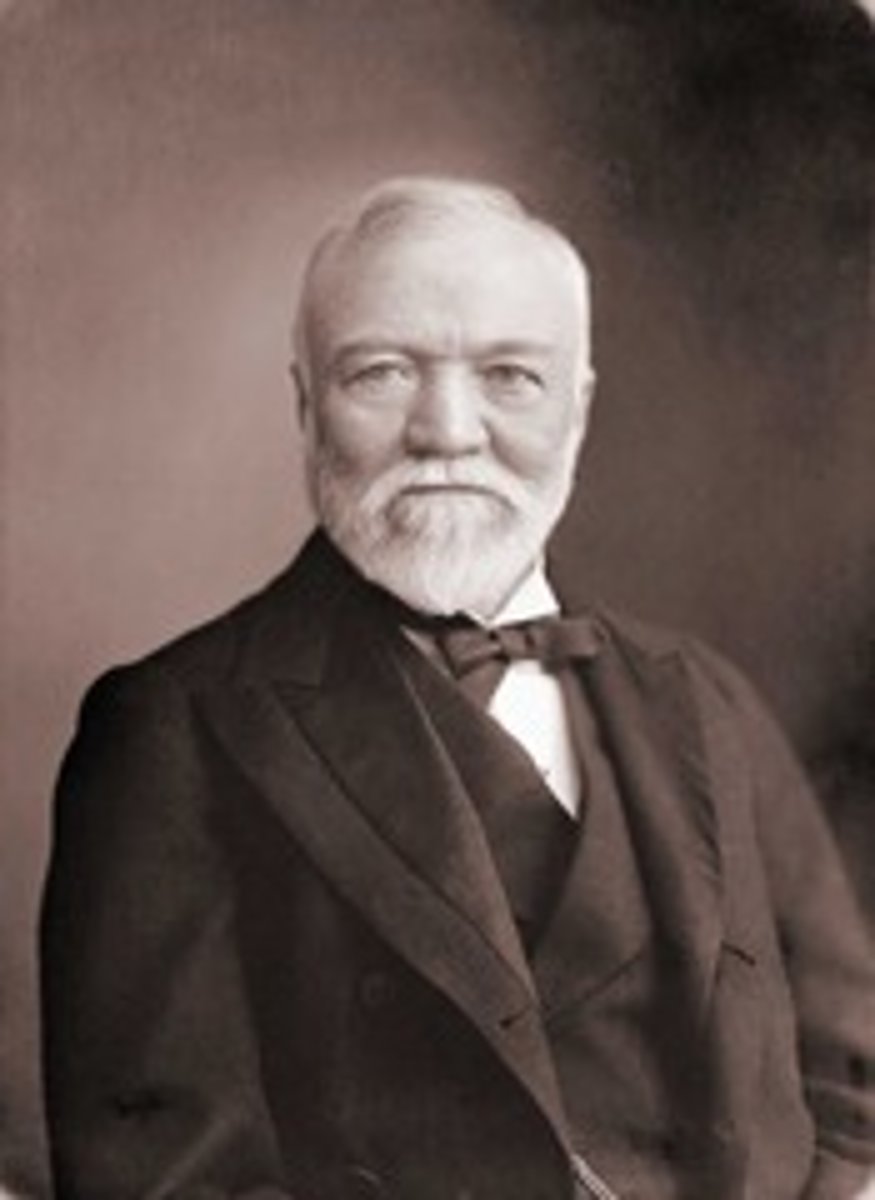
Jane Addams
Year: 1889
Summary: Social reformer who founded Hull House, a settlement house in Chicago.
Significance: Helped immigrants and the poor; pioneer of social work and Progressive reform.

Plessy v. Ferguson
Year: 1896
Summary: Supreme Court upheld racial segregation under the "separate but equal" doctrine.
Significance: Legalized Jim Crow laws and institutionalized segregation for decades.
Knights of Labor
Year: 1869-1880s
Summary: Inclusive labor union advocating for broad reforms and worker rights. Both unskilled and skilled workers.
Significance: Declined after the Haymarket Riot; replaced by more focused unions.
Haymarket Square Riot
Year: 1886
Summary: Bombing during a labor protest in Chicago led to deaths and anti-union backlash.
Significance: Weakened the labor movement and fueled fears of radicalism.
Terrence Powderly
Year: 1879-1893 (Knights of Labor leader)
Summary: Leader of the Knights of Labor, advocating for cooperative labor and inclusive membership.
Significance: Expanded labor activism, but association with violence hurt the union.
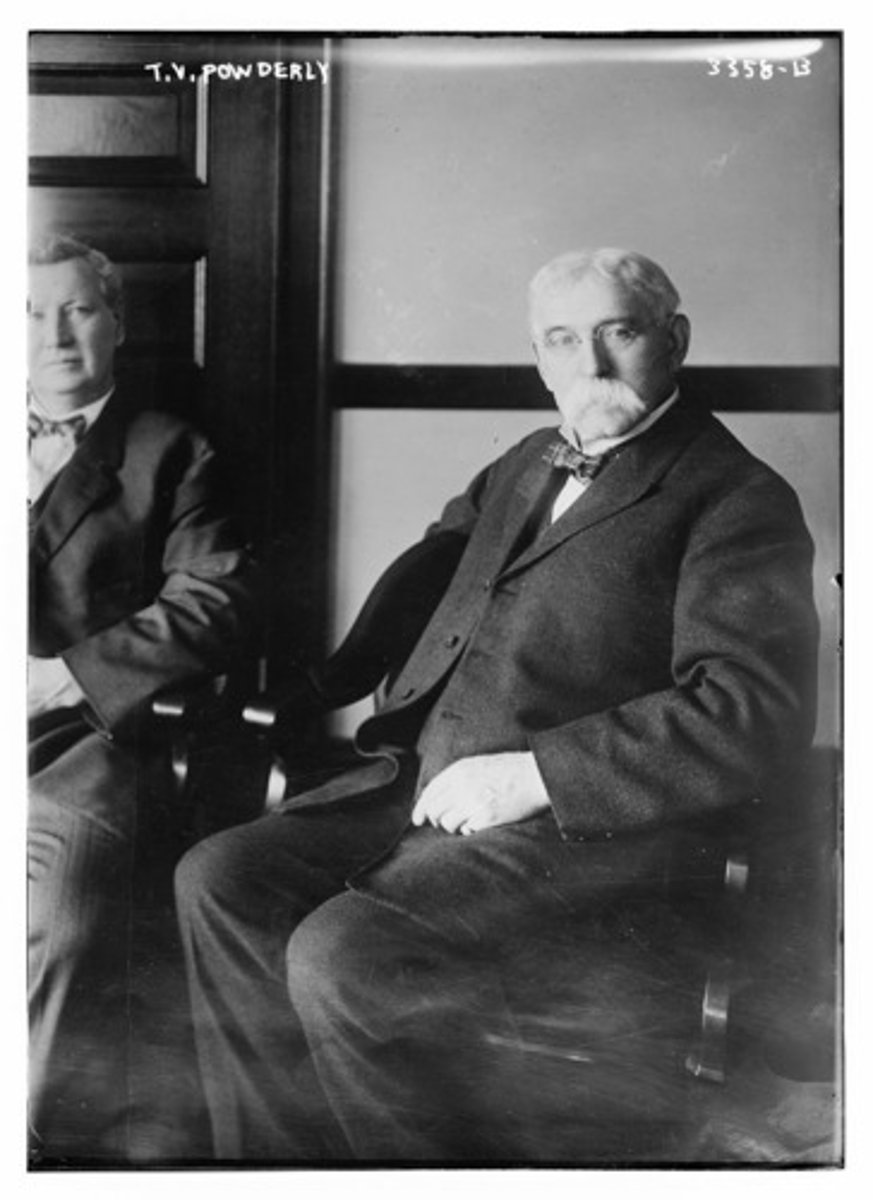
AFL-CIO (American Federation of Labor)
Year: Founded 1886 (AFL)
Summary: Union led by Samuel Gompers focusing on skilled ONLY workers and economic gains.
Significance: Became the dominant labor union and focused on practical improvements.
Samuel Gompers
Year: 1880s-1920s
Summary: Founder and longtime leader of the AFL.
Significance: Promoted "bread and butter" unionism for better wages and hours.
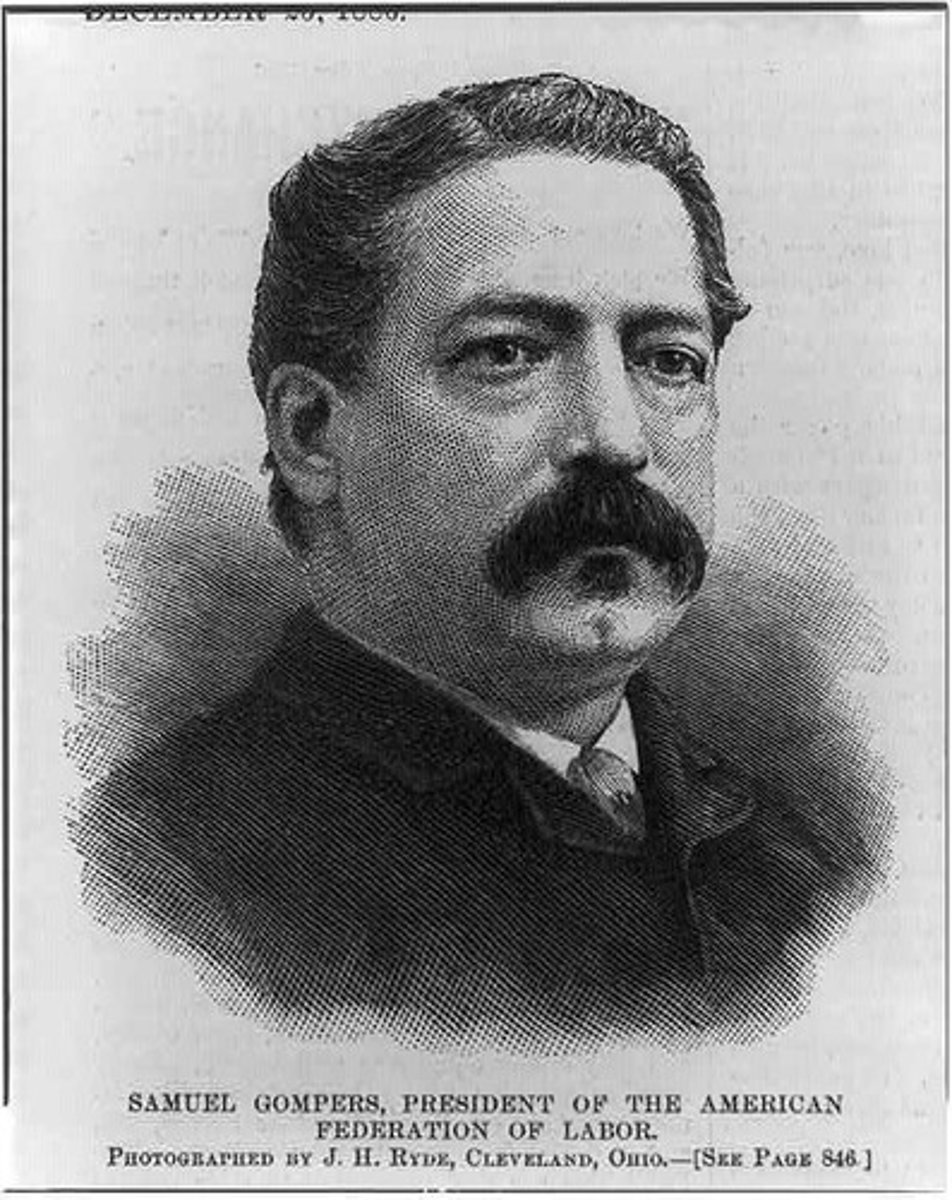
Great Railroad Strike of 1877
Year: 1877
Summary: Nationwide strike of railroad workers protesting wage cuts during the depression.
Significance: First major national labor uprising; showed the power of worker unrest and prompted increased use of federal troops in labor disputes.
Homestead Strike
Year: 1892
Summary: Violent labor strike at Andrew Carnegie's steel plant in Pennsylvania after wage cuts; ended in defeat for the union.
Significance: Major setback for organized labor in heavy industry and highlighted tensions between labor and big business.
Pullman Strike
Year: 1894
Summary: National railroad strike led by Eugene V. Debs in protest of wage cuts and high rents in company-owned housing.
Significance: Disrupted national rail traffic and mail; ended by federal troops, demonstrating the government's alignment with business over labor.
Andrew Carnegie
Year: 1870s-1901
Summary: Industrialist who led the expansion of the steel industry using vertical integration.
Significance: Symbol of industrial capitalism and philanthropy; wrote Gospel of Wealth.
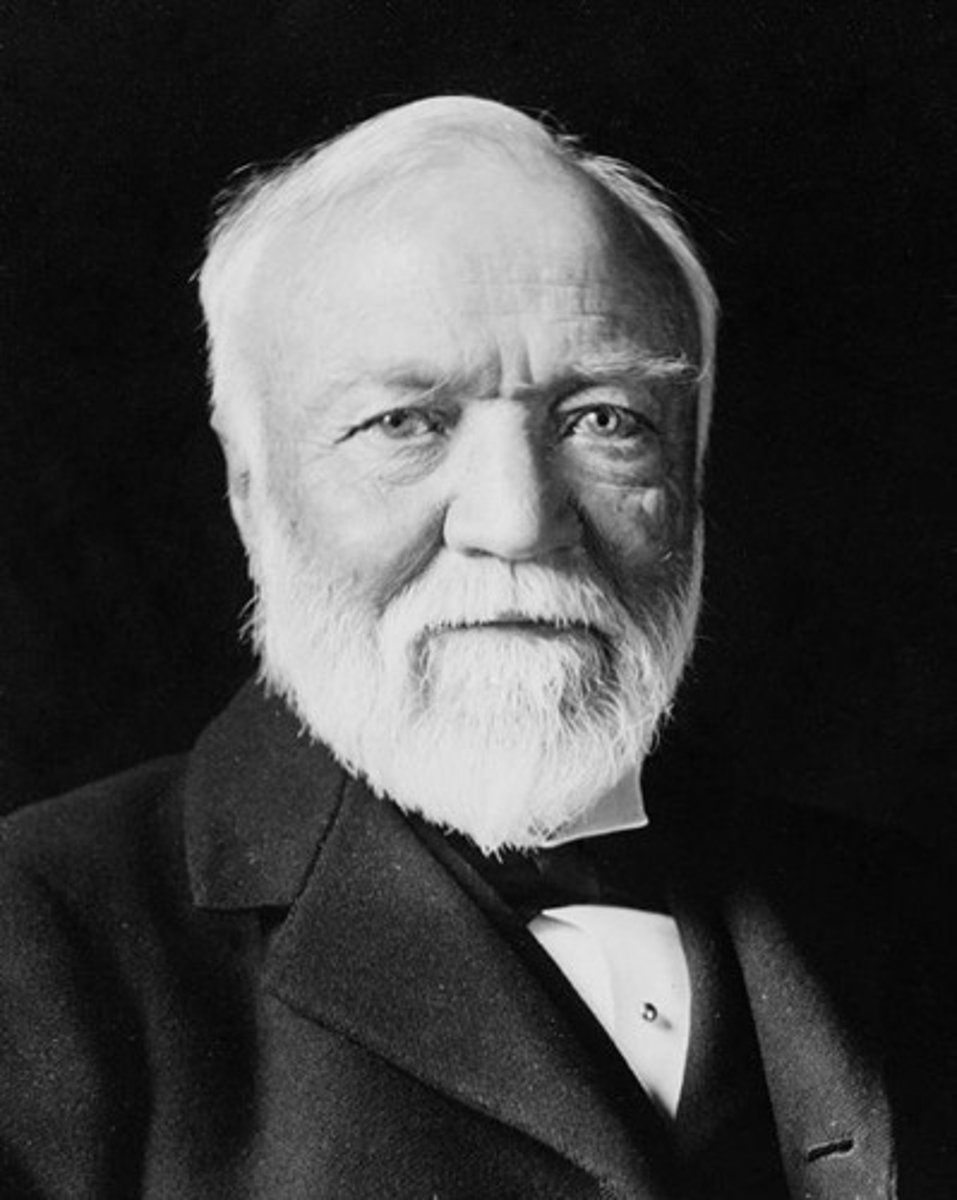
Vertical Integration
Year: 1870s-1900s (especially used by Andrew Carnegie)
Summary: A business strategy where a company controls all stages of production—from raw materials to distribution.
Significance: Increased efficiency and profits, reduced costs, and gave industrialists like Carnegie massive control over their industries.
John D. Rockefeller
Year: 1870s-1890s
Summary: Founder of Standard Oil; used horizontal integration and trusts to dominate oil.
Significance: Became a symbol of monopoly power and triggered antitrust laws.
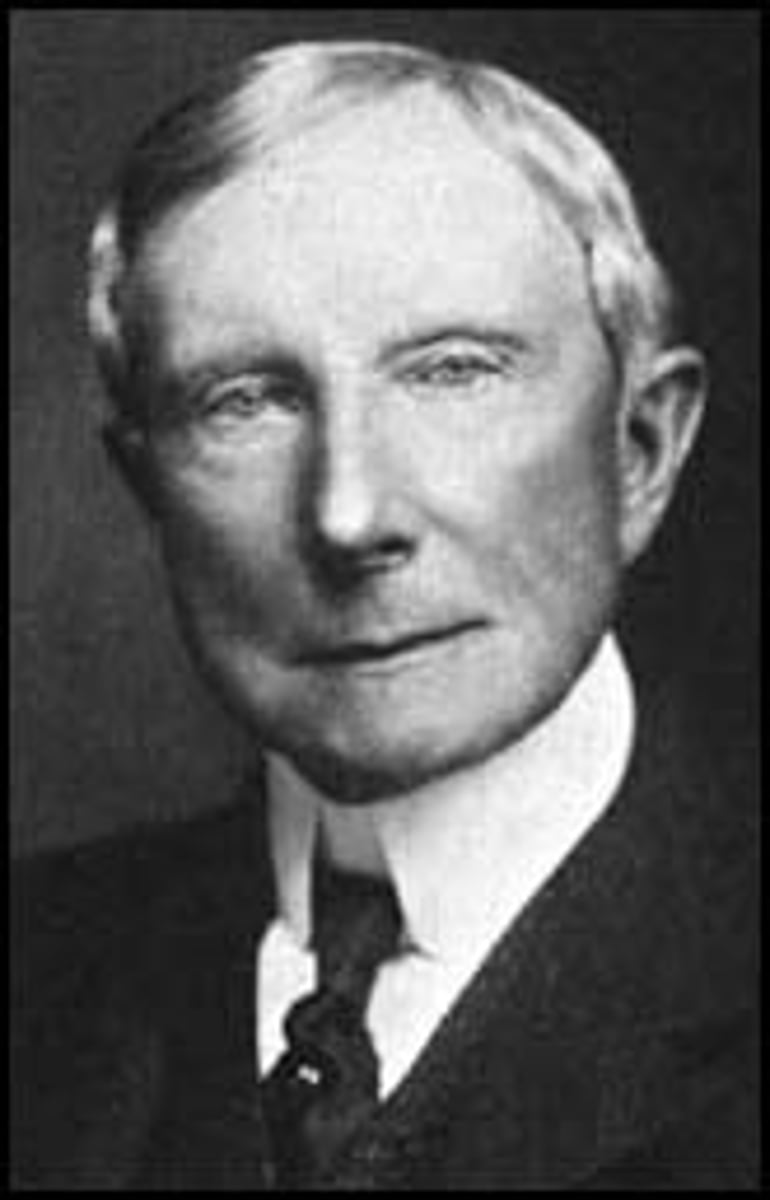
Horizontal Integration
Year: 1870s-1890s (especially used by John D. Rockefeller)
Summary: A business strategy where a company buys out or merges with competitors in the same industry.
Significance: Created monopolies and trusts, reduced competition, and led to the rise of powerful corporations like Standard Oil.
Cornelius Vanderbilt
Year: 1860s-1870s
Summary: Railroad and shipping magnate who built a transportation empire.
Significance: Helped integrate national markets but was criticized for aggressive business practices.
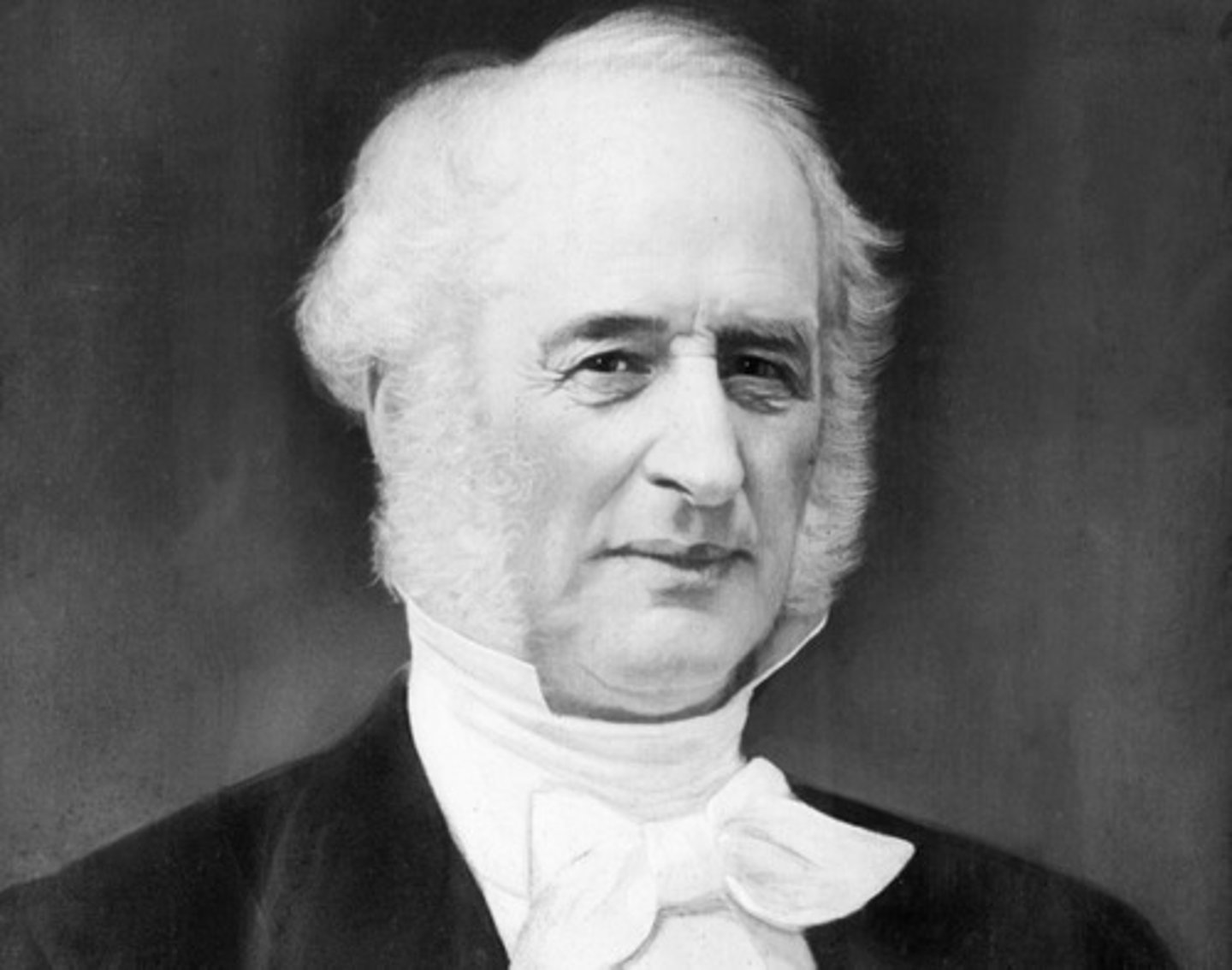
Jay Gould
Year: 1860s-1880s
Summary: Speculator and railroad executive known for manipulating stock and markets.
Significance: Became a symbol of Gilded Age corruption and financial manipulation.
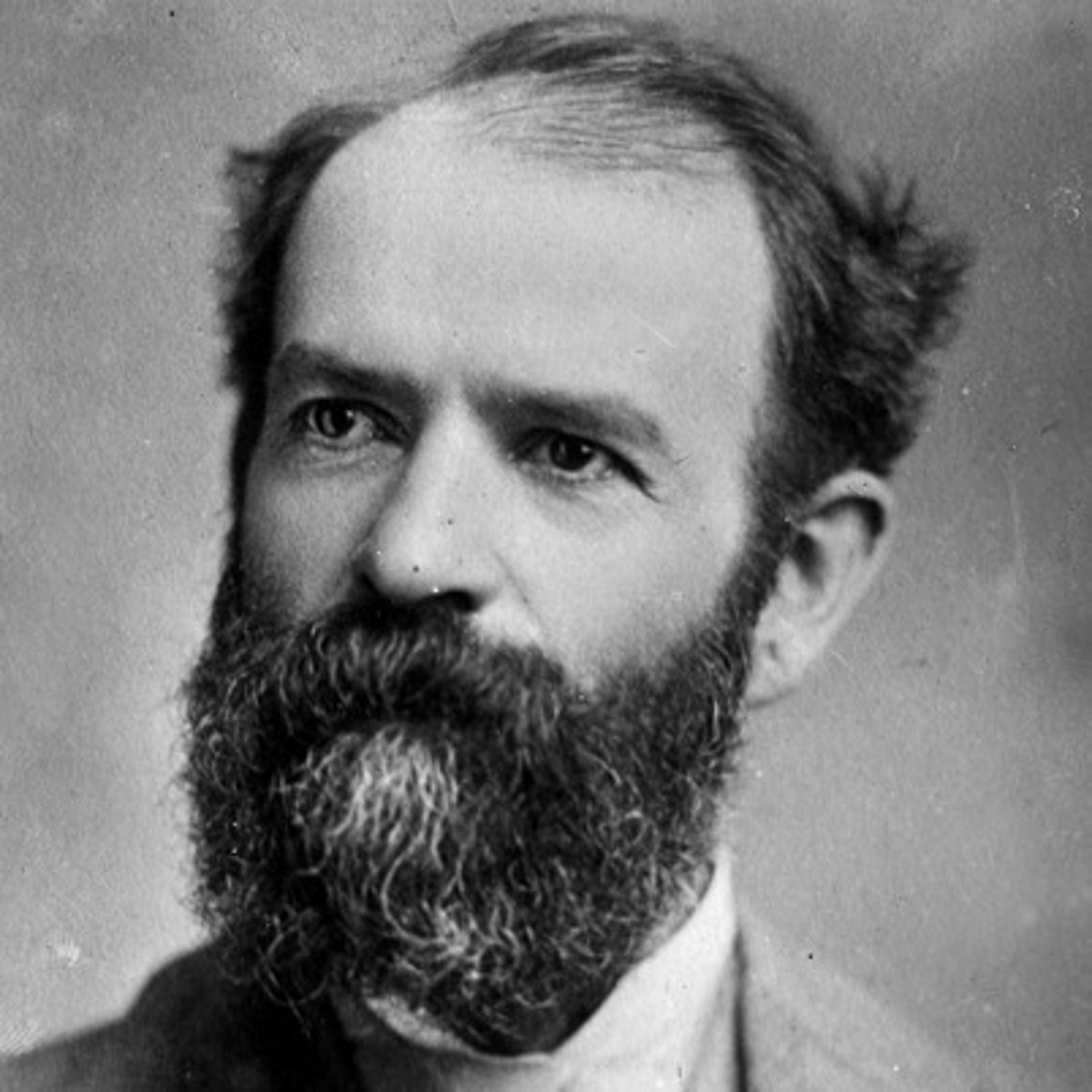
William Jennings Bryan
Year: 1896
Summary: Populist-backed Democrat who ran on a free silver platform.
Significance: Represented farmers and workers; his "Cross of Gold" speech was iconic.
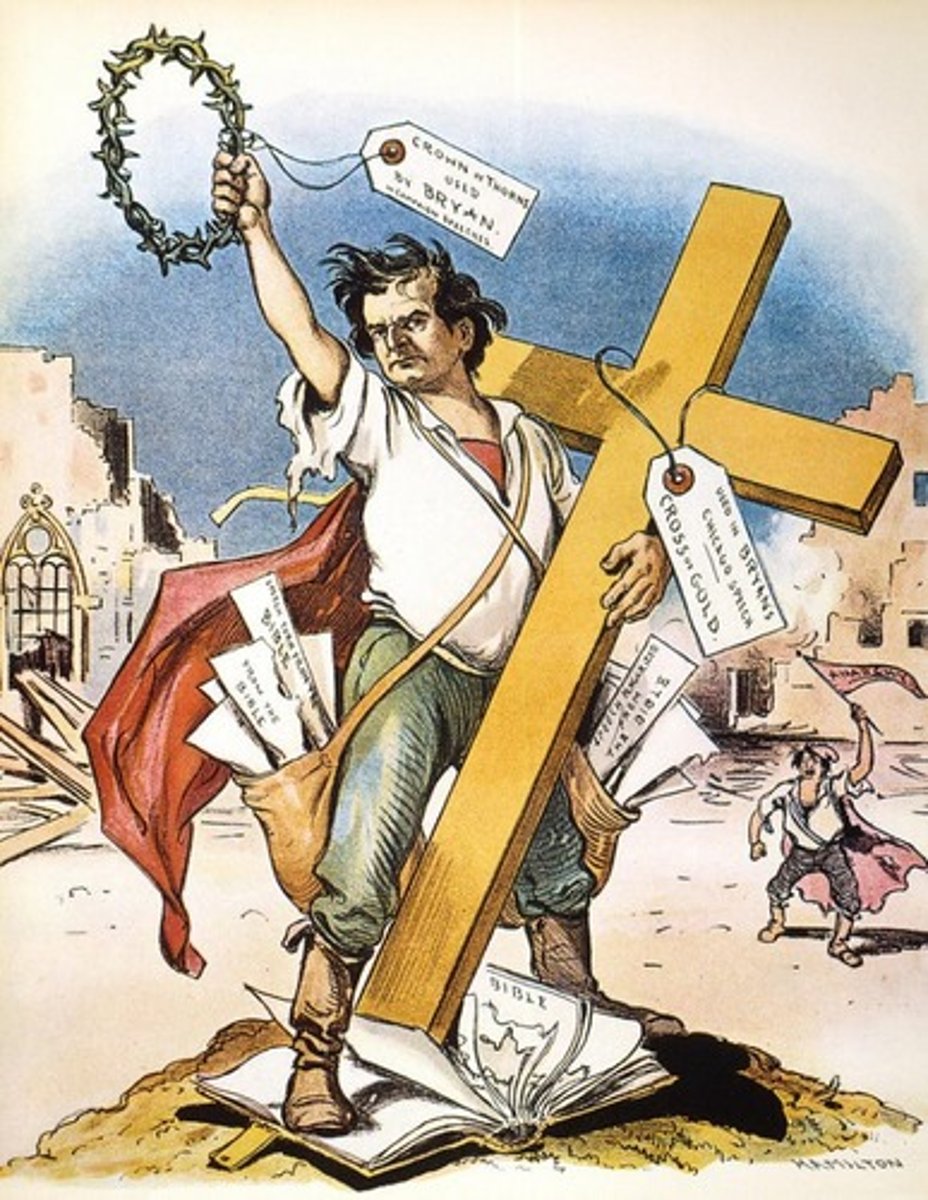
Cross of Gold Speech
Year: 1896
Summary: A speech by William Jennings Bryan at the Democratic National Convention arguing for the free coinage of silver to help farmers and workers.
Significance: Electrified the Populist and Democratic parties; became a defining moment in debates over monetary policy, symbolizing the struggle between agrarian and industrial interests.
Munn v. Illinois
Year: 1877
Summary: Supreme Court upheld states' rights to regulate private industries affecting the public interest.
Significance: Supported government intervention in the economy.
Wabash v. Illinois
Year: 1886
Summary: Supreme Court ruled states couldn't regulate interstate commerce.
Significance: Led to the creation of the Interstate Commerce Commission (ICC).
Interstate Commerce Commission (ICC)
Year: 1887
Summary: First federal regulatory agency to oversee railroad practices.
Significance: Marked a shift toward federal regulation of the economy.
Interstate Commerce Act
Year: 1887
Summary: Federal law that regulated railroad rates and practices, creating the Interstate Commerce Commission (ICC).
Significance: First time the federal government regulated private industry; aimed to curb railroad monopolies and protect farmers and small businesses.
Pendleton Civil Service Act
Year: 1883
Summary: Law that created a merit-based system for federal jobs.
Significance: Reduced patronage and professionalized government service.
Sherman Antitrust Act
Year: 1890
Summary: A federal law that banned business practices that restrained trade or created monopolies.
Significance: First major attempt to regulate big business; used more often against labor unions than monopolies at first, but later became a foundation for trust-busting during the Progressive Era.
Grover Cleveland
Year: 1885-1889, 1893-1897
Summary: Only president to serve two non-consecutive terms; supported limited government and opposed high tariffs.
Significance: Symbolized Democratic opposition to Republican business interests.
Ethnic Enclaves
Year: 1880s-1900
Summary: Immigrant communities in cities (e.g., Little Italy, Chinatown) preserving cultural practices.
Significance: Helped immigrants adapt but also reinforced segregation and nativism.
Mining, Ranching, and Farming in the West
Year: 1860s-1890s
Summary: Economic activities that drove western migration and settlement.
Significance: Shaped Western identity and clashed with Native land and environmental concerns.
Exodusters
Year: 1879
Summary: African Americans who migrated westward to escape racial violence in the South.
Significance: Founded Black communities and symbolized the search for autonomy.
Farmers Alliance
Year: 1870s-1880s
Summary: Organized movement of farmers to promote cooperative buying/selling and political reform.
Significance: Influenced the rise of the Populist Party.
The Grange
Year: 1867
Summary: Farmer organization that pushed for social support and railroad regulation.
Significance: Early example of rural political activism.
Panic of 1873
Year: 1873
Summary: A severe economic depression triggered by railroad overexpansion and bank failures.
Significance: Caused widespread unemployment and business collapse; contributed to the end of Reconstruction and the rise of economic reform movements.
Barbed Wire Invention
Year: 1874 (invention)
Summary: Cheap fencing that allowed farmers to fence large areas.
Significance: Ended the open range and caused conflict between farmers and ranchers.
Ghost Dance Movement
Year: 1889-1890
Summary: Native religious revival promising restoration of Native lands and culture.
Significance: Alarmed U.S. authorities and led to the Wounded Knee Massacre.
Wounded Knee Massacre
Year: 1890
Summary: U.S. troops killed hundreds of Lakota Sioux during a disarmament attempt.
Significance: Marked the end of major Native armed resistance in the West.
Battle of Little Bighorn
Year: 1876
Summary: Sioux and Cheyenne warriors defeated Custer's forces.
Significance: Temporary Native victory; intensified U.S. efforts to crush Native resistance.
Telephone
Year: 1876
Inventor: Alexander Graham Bell
Summary: Device that allowed voice communication over long distances using electrical signals.
Significance: Revolutionized communication for businesses and individuals; laid the foundation for the global telecommunications industry.
Light Bulb
Year: 1879
Inventor: Thomas Edison
Summary: An electric lamp that provided reliable indoor lighting using a carbon filament.
Significance: Extended working hours, improved quality of life, and accelerated the spread of electricity in homes and factorie
Radio
Year: 1890s (Marconi's major success in 1895)
Inventor: Guglielmo Marconi
Summary: Wireless communication using radio waves.
Significance: Marked the beginning of mass communication and would later transform news, entertainment, and advertising in the 20th century.